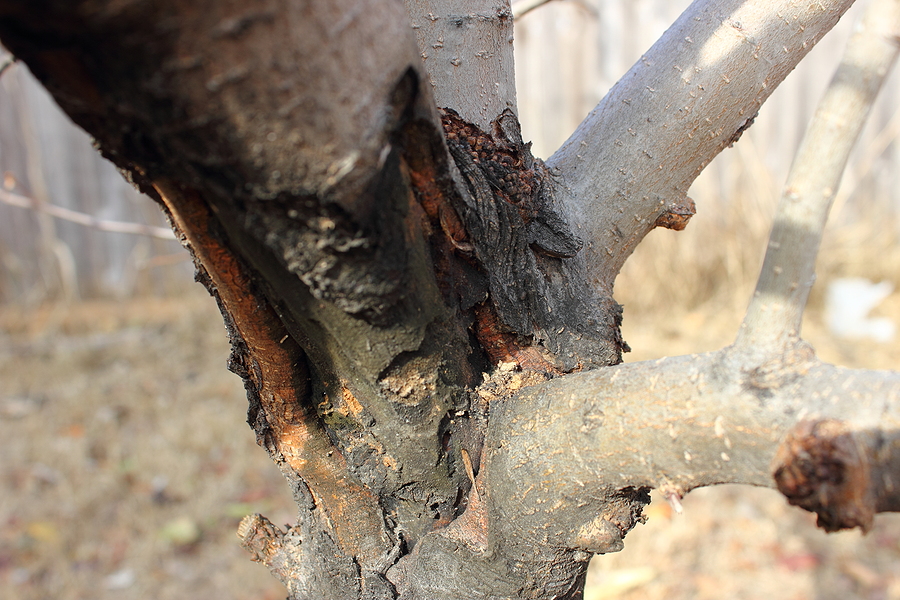Homeownership, property management, and running a business come with a myriad of responsibilities. One often overlooked but potentially costly issue is the damage caused by fallen trees and tree limbs. Whether it’s due to a storm, high winds, or simply an old tree falling unexpectedly, understanding your insurance coverage for such events is crucial. In this post, we’ll dive into how different insurance policies handle tree-related property damage, steps to take when filing a claim, and tips for preventing tree damage on your property.

The Impact of Fallen Trees and Tree Limbs
Toppled trees and tree limbs can cause significant damage to homes, commercial properties, and rental units. From smashed roofs and broken windows to damaged fences and vehicles, these incidents can result in substantial repair costs. Natural factors like storms, high winds, heavy rain, or snow can all contribute to tree fall incidents. Knowing whether your insurance can cover these unexpected expenses can provide peace of mind and financial relief.
Insurance Coverage for Tree-Related Property Damage
When it comes to insurance and tree damage, the specifics can vary depending on the type of policy you have and the circumstances of the incident. It’s essential to be aware of what your policy covers to avoid any unpleasant surprises.
Homeowners Insurance
Most standard homeowners insurance policies cover damage caused by fallen trees and heavy limbs, but there are some stipulations:
- Covered Perils: Typically, if a tree falls due to a covered peril like a storm, wind, or hail, the damage to your home and other insured structures should be covered.
- Debris Removal: Many policies also include coverage for the removal of the fallen tree or limb. However, there might be a limit on the amount the insurer will pay.
- Neighbor’s Tree: If a neighbor’s tree falls and damages your property, your own homeowners insurance often covers the damage. In some cases, you may be able to file a claim against your neighbor’s insurance if negligence can be proven.
Commercial Property Insurance
For business owners, commercial property insurance generally covers damage from fallen trees similarly to homeowners insurance:
- Business Structures: Damage to commercial buildings and structures caused by a toppled tree is typically covered if it results from an insured peril.
- Business Interruption: Some policies may also cover lost income if the tree damage forces your business to close temporarily.
Landlord Insurance
Landlord insurance policies are designed to protect rental properties and usually include coverage for tree damage:
- Property Damage: Damage to the rental property caused by a toppled tree or large branch due to an insured peril should be covered.
- Loss of Rent: If the property becomes uninhabitable due to the damage, the policy may cover lost rental income.
Is Your Property Damage Covered?
Determining whether your property damage is covered involves a few steps:
- Review Your Policy: Start by carefully reviewing your insurance policy. Look for sections detailing covered perils and exclusions.
- Document the Damage: Take photos or videos of the damage as soon as it is safe to do so. This documentation is crucial for your insurance claim.
- Consult Your Agent: Contact your insurance agent to discuss the specifics of your situation. They can provide guidance on coverage and the claims process.
- Estimate Repair Costs: Get estimates from licensed tree service contractors and structural repair services (a mechanic for damaged cars) to understand the extent of the damage and the potential costs involved.
Filing a Claim for Tree-Related Property Damage
If you determine that your property damage is covered, follow these steps to file a claim:
- Contact Your Insurer: Notify your insurance company about the incident as soon as possible.
- Provide Documentation: Submit the photos, videos, and repair estimates you’ve gathered.
- Complete Claim Forms: Fill out any necessary claim forms provided by your insurer.
- Schedule an Adjuster Visit: An insurance adjuster will likely need to assess the damage in person.
- Review the Settlement: Once the assessment is complete, review the settlement offer with your insurance agent.
Preventing Tree Damage and Maintaining Trees on Your Property
Prevention is always better than dealing with the aftermath. Here are some tips for maintaining the trees on your property:
- Regular Inspections: Have a professional arborist inspect your trees regularly to identify any signs of disease, rot, or structural weaknesses.
- Pruning: Proper pruning helps maintain tree health and reduces the risk of limbs falling during storms.
- Remove Hazardous Trees: If a tree poses a significant risk to your property, consider having it removed before it causes damage.
- Storm Preparation: Before a storm hits, remove any dead branches and secure weak limbs.
Conclusion
Understanding your insurance coverage for property damage caused by fallen trees and tree limbs is essential for homeowners, property managers, landlords, and business owners alike. Regularly review and update your insurance policies to ensure you have adequate protection in place.
If you haven’t done so recently, take the time to review your current insurance policies. Reach out to your insurer with any questions or concerns. Additionally, consider contacting your local tree care company for routine tree service to help prevent future issues.
By staying informed and proactive, you can protect your property and minimize the impact of tree-related damage. If you currently have a tree-related emergency, we can help. Contact Complete Tree Care at 317-783-2518 for licensed and insured emergency tree removal services and storm-damage clearance in Indianapolis, Indiana. We serve both residential and commercial clients all throughout Central Indiana.
Related Posts:
When Trees Turn Urgent: Navigating Tree Service Emergencies
The Average Cost of Removing a Fallen Tree
How to Identify Tree Hazards Before They Become a Problem

